Understanding 922r Compliance
If you been looking to purchase or modify an imported rifle or shotgun, there’s a good chance that you’ve heard about 922r or 922r Compliance.
Unfortunately, it is just another area of US firearm law that doesn’t make sense and it can be convoluted to follow.
The good news is that I’m going to use my background as a firearms attorney (but I’m not YOUR attorney so this isn’t “legal advice”) and years of experience representing the firearms industry to explain 922r so that you understand what it means and you can avoid a 922r violation.
In this article we’re going to cover:
What is 922r?
When someone mentions “922r,” they’re referring to a section of federal law (18 USC 922r) governing imported rifles and shotguns. Note: 922r does not apply to handguns nor any firearms made in the United States.
The US Code, under Title 18, governs Crimes and Criminal Procedure. The 44th chapter of Title 18 governs firearms, section 922 ( 18 USC 922 ) explains what can be done, and not be done, with firearms, and subsection “R” (section 922r) covers which configurations of imported rifles and shotguns can legally exist in this country based on whether they have a “sporting purpose.”
The ATF (by authority of the Attorney General), has very loosely defined “sporting purpose” and they’ve created a list of parts in the Code of Federal Regulations under Title 27, of which an imported rifle or shotgun can have no more than 10 parts from the list be foreign-made unless the firearm meets the sporting purposes test.
If you’re thinking, “What?!?!?!” right about now, you’re on the right track.
922r in Plain Language
Here’s the plain-language version of 922r (and its implementing regs): There are certain rifles and shotguns that may NOT be imported because they are not “suitable … for sporting purposes” and it is illegal to assemble one of these banned rifles or shotguns from too many imported parts.
The ATF has made an incomplete list of features that would make a firearm’s purpose NOT sporting:
- Folding or telescoping stocks.
- Pistol grips that protrude conspicuously beneath the action.
- Bayonet mounts or bayonets.
- High-capacity magazines (over 10 rounds for rifles, 5 for shotguns).
- Flash suppressors.
- Threaded barrels designed to accommodate flash suppressors.
- Grenade launchers.
- Night sights
This is why, for example, certain imported shotguns can’t have the same magazine capacity as American-made shotguns. Also, AK-47s don’t meet a “sporting purpose” test so their importers must work to switch out certain parts with US-made parts to make them 922r complaint and get them into the country legally as a semiautomatic rifle.
Note the nuance there: you can build/assemble an otherwise illegal to import firearm IF you use enough US Made parts (there aren’t too many foreign parts). These parts include things like magazine parts, muzzle device, and more – keep reading to see all of the listed parts of which you can’t have too many foreign made parts.
So, it is all about making sure that you replace the right foreign part from the list of 20 specific parts with a compliant part.
922r Compliance
Here’s the basics of 922r compliance : If you’re going to assemble a firearm that doesn’t pass the “sporting purposes test,” then no more than 10 of the parts from the list can be foreign.
That’s it. You’ve got to know the list of parts and you need to make sure that only 10 (or less) are foreign.
Here’s the list for your reference:
| 922r Part |
|---|
| Frame/Receiver |
| Barrel |
| Barrel Extension |
| Trunion |
| Muzzle Attachment |
| Bolt |
| Bolt Carrier |
| Operating Rod |
| Gas Piston |
| Trigger Housing |
| Trigger |
| Hammer |
| Sear |
| Disconnector |
| Buttstock |
| Pistol Grip |
| Forearm/Handguard |
| Magazine Body |
| Magazine Follower |
| Magazine Floorplate |
Unfortunately, the law doesn’t list a minimum of US parts needed – that would be easy. You could just add that many parts and be done.
Instead, 922r requires that there’s no more than 10 imported parts out of a list of 20 parts. This means that 922r compliance requires counting up the foreign parts in a firearm (or a planned firearm) from the list and then replacing them until there are less than 10 from the list from a foreign country.
How is this different? Well, one firearm may have 11 foreign parts as planned and only one part needs to be swapped out for a US part. However, another firearm may have 16 foreign parts from the list and at least 6 parts ned to be replaced.
There’s no easy answer other than going to the list and making a determination on 922r compliance for each firearm.
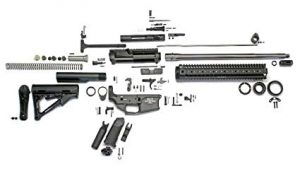
So, if you want to make an AK-47 style rifle, then you better look at the list of 20 parts and count how many are foreign parts. As long as the maximum number of foreign parts off of that list (not total in the rifle) are foreign, then you have complied with 922r.
Some of the most common parts for gun owners to replace with US parts if they have an imported rifle or shotgun are the butt stock, muzzle brake (assuming it has a threaded barrel), and hand guard.
One big problem here is when someone takes a firearm that was imported in a 922r compliant configuration and then adds noncompliant parts.
For example, if you take a Saiga sporter rifle and you want to add a pistol grip or a magazine with a capacity over 10 rounds, then you need to make the resulting firearm 922r compliant. The sporter configuration of this rifle exists because they removed certain features so that it could be imported – if you add those features back without making sure that the rifle is 922r compliant, you just broke federal law.
Thankfully, buttstocks and forearms are two separate parts on the list so these are very common parts to change out to US Made parts. Also, US made magazines can count for three parts because the magazine body, follower, and floorplate are three separate parts on the list. However, be careful with magazines – if the firearm exists in an otherwise prohibited configuration and you are using a different (foreign) magazine at the time, then you lose the benefit of being compliant with 922r. Another popular part to convert is muzzle devices.
How to Make Sure You Comply With 922r
If you’re an individual, pay attention to the list and be careful!
Before starting, ensure that you are dealing with a foreign firearm that is subject to the sporting purpose test.
This means it is an imported rifle or shotgun AND it has (or you want to add) certain “offending features” like a “high-capacity” detachable magazine, threaded barrel, or a pistol grip for a semiautomatic rifle.
Step 1: Count how many parts from the list are foreign (not American made parts).
Step 2: Replace the foreign parts with US Made parts (a compliance part) until the foreign parts count is 10 or less.
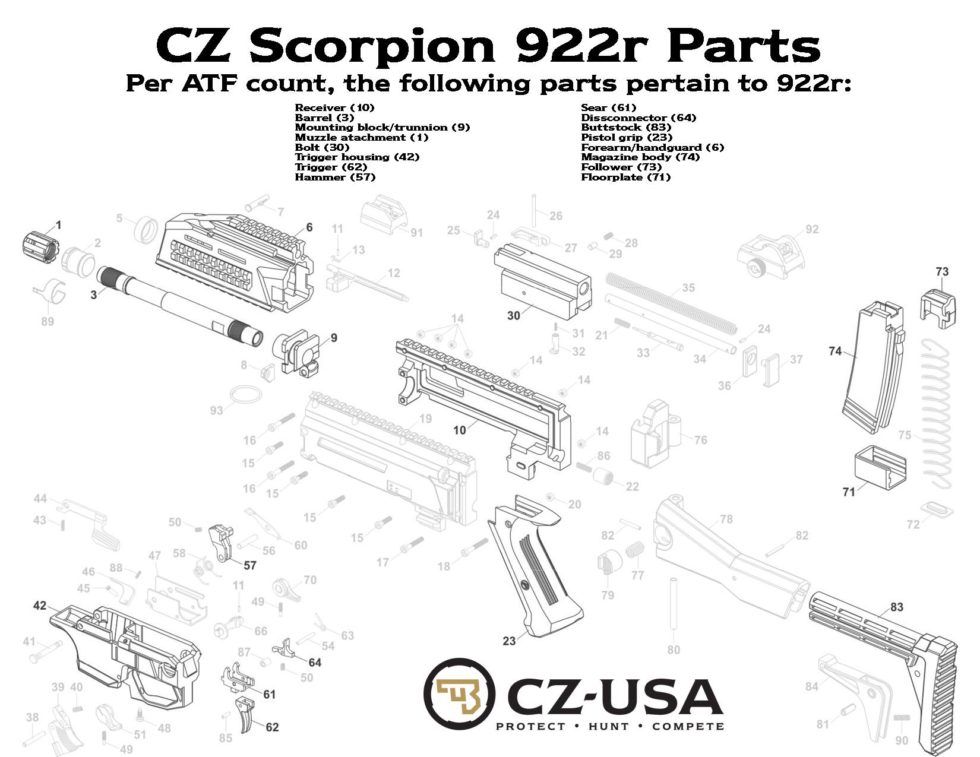
If you’re an FFL, you can (and should) get some guidance to make sure that the firearms you’re importing, making, and/or selling are compliant with 922r.
RocketFFL has a program that gives you access to all sorts of ATF Compliance help (including 922r compliance) in an easy to understand format. If you need help with 922r or ATF compliance , check them out.
Recent Posts
November 29, 2025
November 25, 2025
November 22, 2025
November 21, 2025

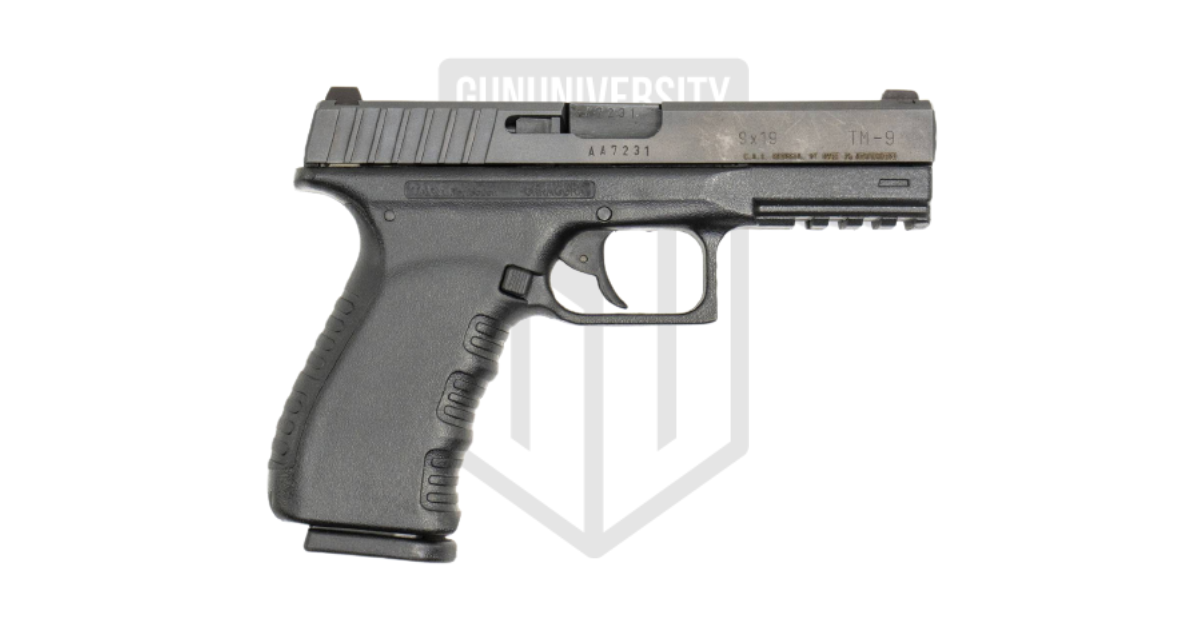
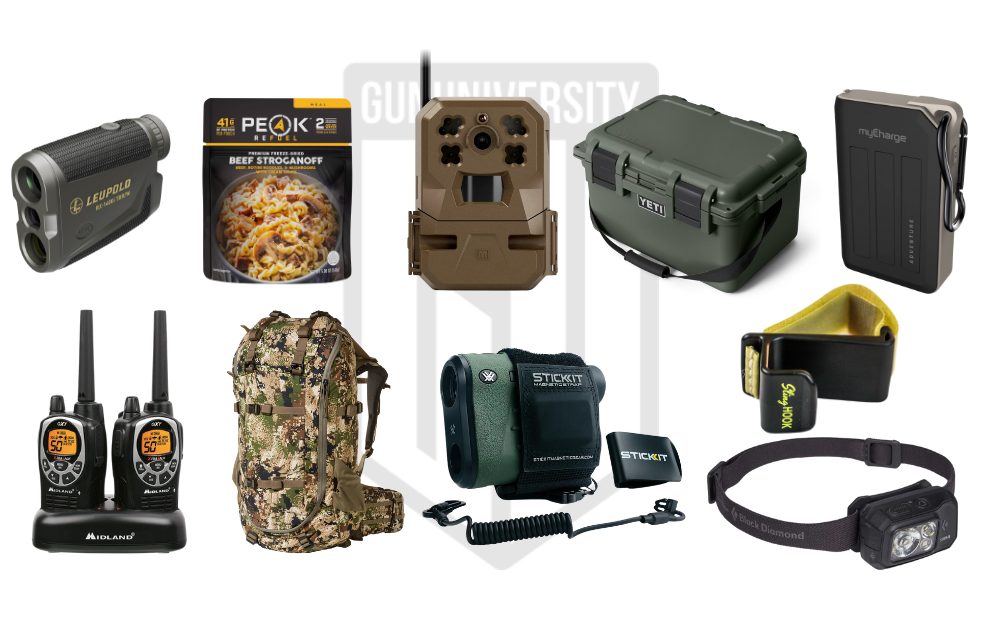
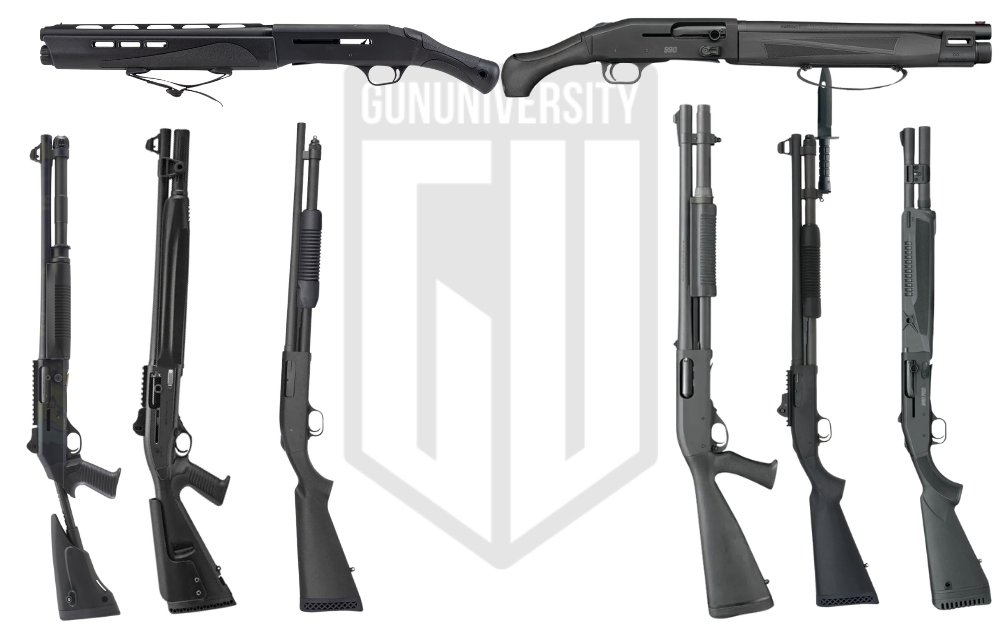
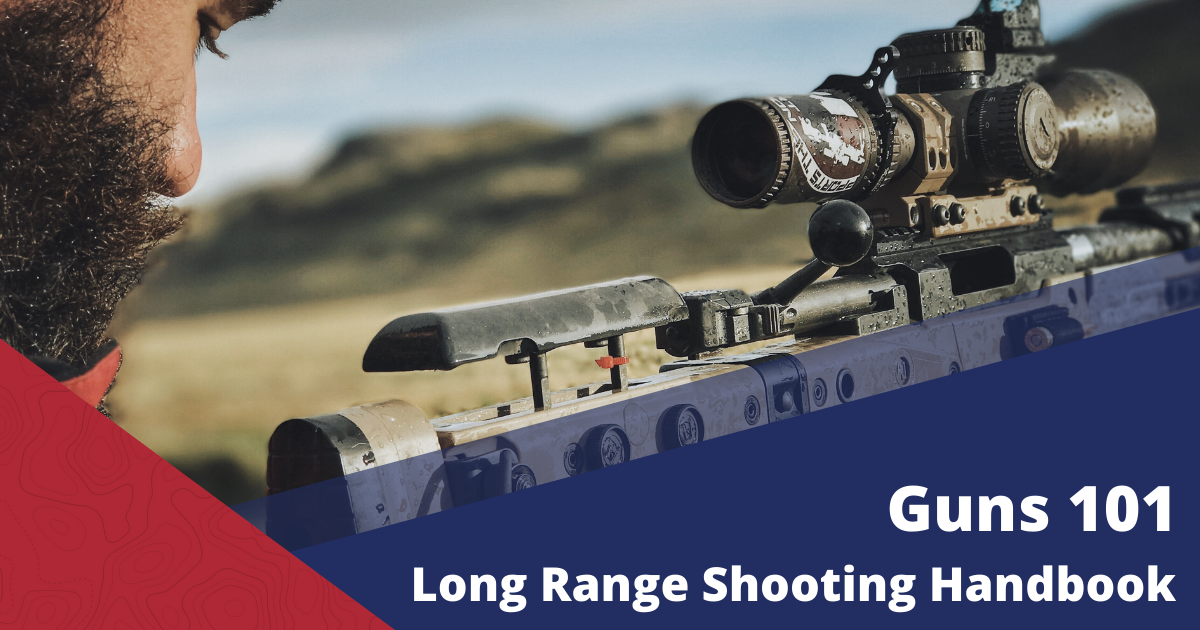
Are imported pump shotguns under 922r, or does it only involve semi automatic shotguns?
My question is complex, I own a sig arms copperhead in 9mm. It has a brace, once the government declares it’s a SBR, is it 922R compliant if I apply for the amnesty SBR license? A friend raised the question since is going from pistol to SBR.
Not complex at all – 922r only applies to IMPORTED firearms. As your Sig Copperhead was made here in the United States, nothing from 922R applies.
I have cz scorpion that says made in cz-usa. Wouldn’t that pistol be American made? I’ve upgraded muzzle device, added drop in trigger, new pistol grip, magpul mags, magazine release. I want to SBR this pistol am I in compliance?
If a non-sporting firearm is 922r compliant, can the whole firearm be imported in the United States?
What about the HK SP5 which is made in the U.S and In Germany.
I have a HK94 and a HKSP89 that i am interested in converting to a HKMP5-n and a HKMP5K-N and register them as SBR’s. Do they have to have any 922r Compliant parts in them to be legal firearms.
I never seen anything so confuseing Who started this compliant firearm act and for what
possible reason Where the US gun makers upset that many firearms entered the US and they lost revenue Is this the case?
in regards to imported shotguns, will porting a barrel take it out of being an imported component?
How can I tell if my SKSs are pre-ban?
I bought them in the early and mid 1990s.
Thanks!
Does all of this apply to fully made in America ak47’s? I have an American made century arms vska. So none of the parts are foreign to my knowledge.
I have a Sar 3 with folding stock. I am told the rifle is illegal. I am not an AK person so I have no way of knowing if any of the parts are US or foreign. Are there pictures that show the difference between the 2 (side by side). I purchased a synthetic stock, pistol grip, top & bottom covers. Will they make it a legal rifle? Thanks!! Ernie
Hello! i need help. i just bought a narinco sks. it has a fixed mag and fixed/ folding bayonet. i want to put it in a polymer stock to make it lighter for target practice. i would like to put it in a tapco with a fixed stock and keep the fixed mag. would doing this make it illegal in nys?
Sorry, we can’t help you with NYS laws. Hopefully the information we’ve provided can help you make a determination for 922r compliance (which is federal).
hello iam a preban ak47 owner can i put on assories like scopes new hand gards change the stock i bought the gun in 1986
You my friend can swap whatever you like it is a pre-ban
Which is better ak47 or m16?
The M16 is a much more accurate weapon than the AK-47. It is a much smoother-operating weapon and has less recoil. The M16 is much easier to control during full-auto fire. I’m really excited to want to know through experts or can you tell me how I found the accurate info about these two.
This is a debate that may never end. Sure the AR-15 platform is lighter recoiling but it’s also a smaller bullet. If you’re interested in AK-47s, we’ve listed our favorite budget AK47s.
Can I install a Kushnapup series 5 stock on my Saiga Ak rifle or shotgun?
arg.
But this “… as not being particularly suitable for or readily adaptable to sporting purposes…” Pretty much eliminates any AK. Or am I reading it wrong.
If I have two parts I can make an AK a nearly perfect deer hunting gun for short range heavy brush country. If fact I only need one. The five shot magazine. Those used to be easy to find.
So I am probably really misreading this.
Here’s the problem with the whole deal: there is NO “sporting purposes” test in the Second Amendment, or anywhere else in the Constitution. These regulations about whether you can or cannot have certain guns are unconstitutional. Unfortunately if you are hauled up before a judge by the BATFE, odds are the judge is going to refuse to listen to any argument about whether a law is unconstitutional. That judge is only going to allow you to be tried on the question of whether you broke that law or not.
And that, folks, is why we have to pay attention to things like the number of imported parts in a firearm.